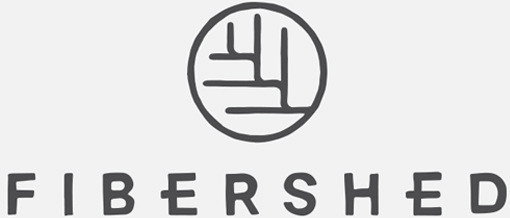Written by Marie Hoff
Shearing is that unique seasonal dance between human and fiber animal. It’s the act that offers us wool and fine fibers to wear, knit, and sleep upon. But for people outside the agricultural sphere, shearing can appear as a cause for confusion or even concern. To learn more about this critical step in the process from soil to skin, Marie Hoff explored the age-old tradition between fleece and garment. We invite you to join us in a three-part series on shearing, moving through questions, considerations, and toward transparency and greater understanding of the processes that clothe us. This is the first installment of a three-article series on sheep shearing and animal welfare.
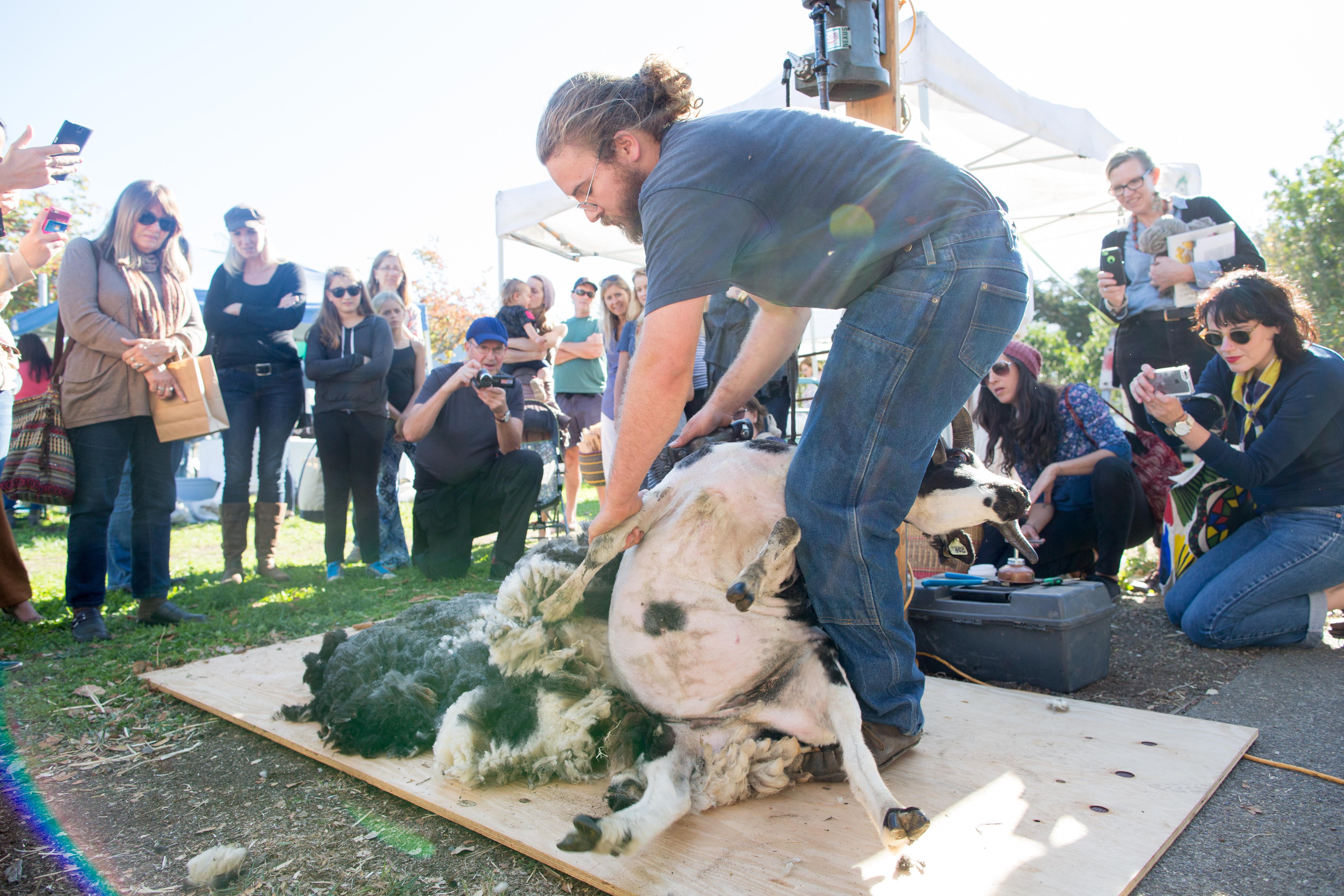
Shearing is crucial to sheep’s health, as a large animal veterinarian will tell you. Dr. Jen Burton, a vet with 10 years of experience specializing in the health and welfare of sustainable livestock, explains “I can’t imagine a veterinarian suggesting that wool be left to grow on a domestic sheep, because that would put the animal at risk for overheating, discomfort and disease. The animal would also be at increased risk for skin disease and parasites. Over time, unshorn wool could eventually impede movement.” Sheep can overheat and die in the summer months if not shorn, and become the target for parasitic species such as ticks, lice, mites, and the maggots that cause fly strike, a gruesome and even deadly condition. Shearing provides both prevention and treatment of any of these infestations.
Even when there is no market for a rancher’s wool, or the market value is too low to justify bothering to sell it, ranchers still pay to shear their sheep. It’s part of the seasonal cycle of caring for livestock and in turn the agricultural landscape; it’s part of keeping their sheep healthy and alive, and the cost of doing business.
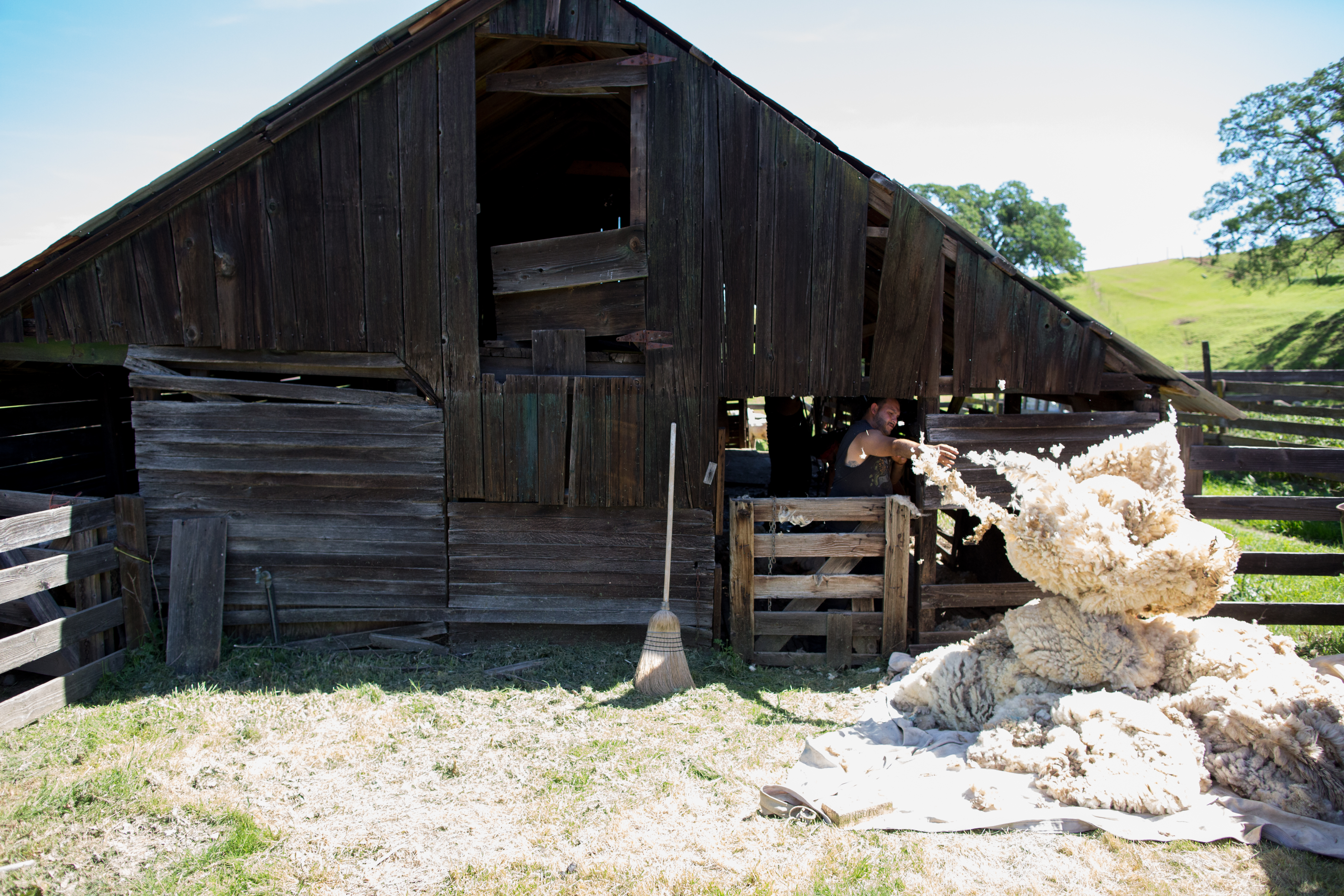
Without shearing, overgrown wool can even develop into “wool blindness” which is a condition that impairs the animal’s sight —and because sheep are prey animals, their sight is necessary for survival. If shearing is neglected, sheep become so heavy with wool that they have trouble walking or running, their ability to graze becomes compromised, and they cannot keep up with the flock for protection, or run from predators. Shearing is also critical to the survival of lambs, particularly in longwool breeds whose lambs need to quickly find their mother’s teats to nurse — sadly, lambs can die of starvation when there is too much wool in the way.

Sheep have co-evolved with people just as much as people have co-evolved with sheep. We have depended on each other for care and survival for 11,000-13,000 years, roughly since around the time of the end of the last Ice Age. During this time, people have developed many sheep breeds all over the world in response to a complex set of factors, from climate to economics to sociocultural values and practices. Historically, people have depended, and often continue to depend on, sheep for clothing, food, tools, companionship, art, and income. In turn and over time, sheep continue to depend on people for protection from predators, for consistent feed, and for healthcare.
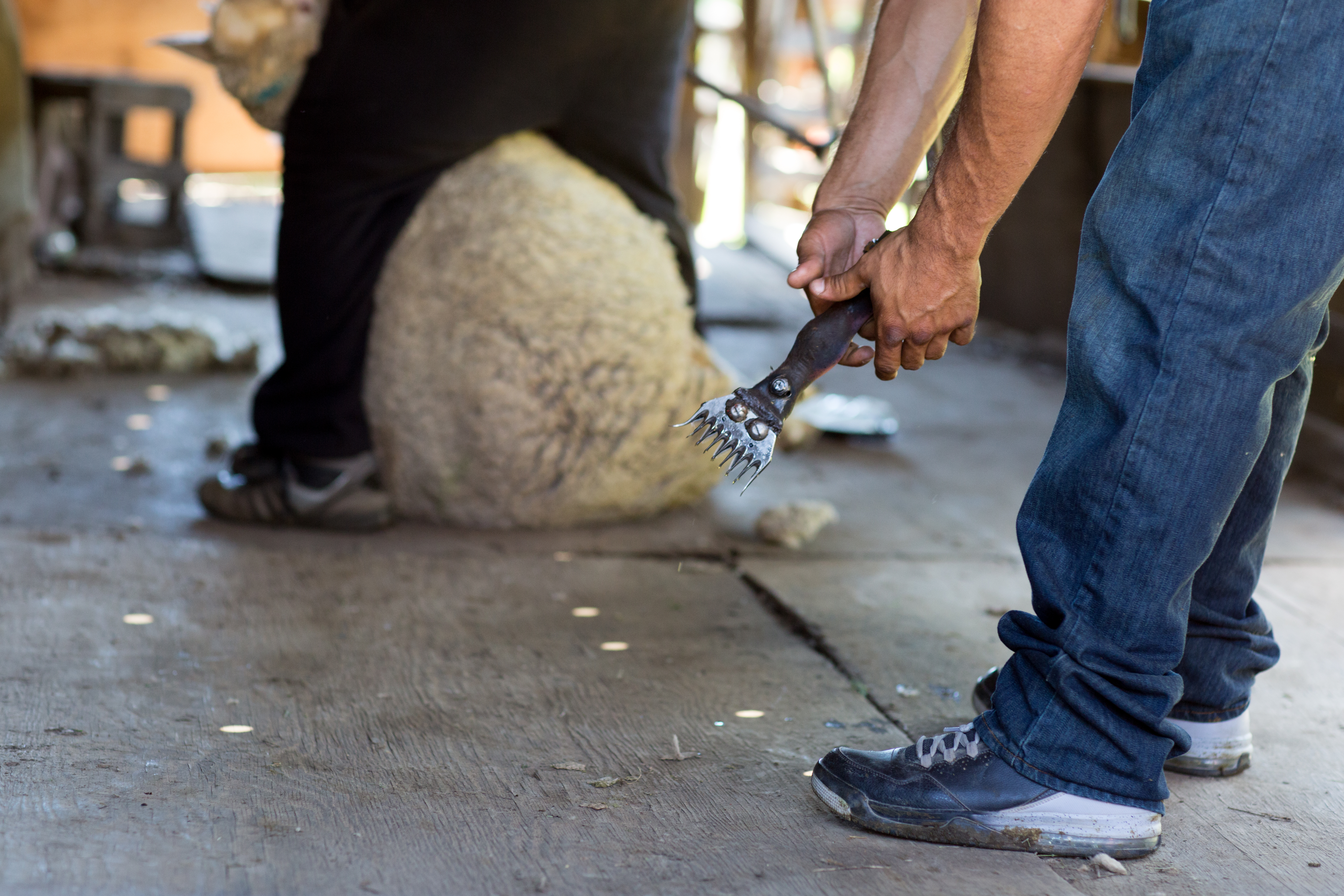
A common question regarding shearing is “what happened to sheep before people sheared them?” Before electric motor shearing machines there were hand shears, which some people still use today. Before hand shears, ancient people would pull the wool that naturally came off the sheep, or “roux” the wool from the sheep. This process is reported to be traditionally done by women, who cradled and sang to the sheep as they peeled their coat off. And before sheep were domesticated (about 11,000-13,000 years ago), wool shed naturally and pulled off when it got caught on branches or rocks. However, even the oldest breeds of sheep prefer shearing to molting, to which I can attest with my Ouessant sheep.
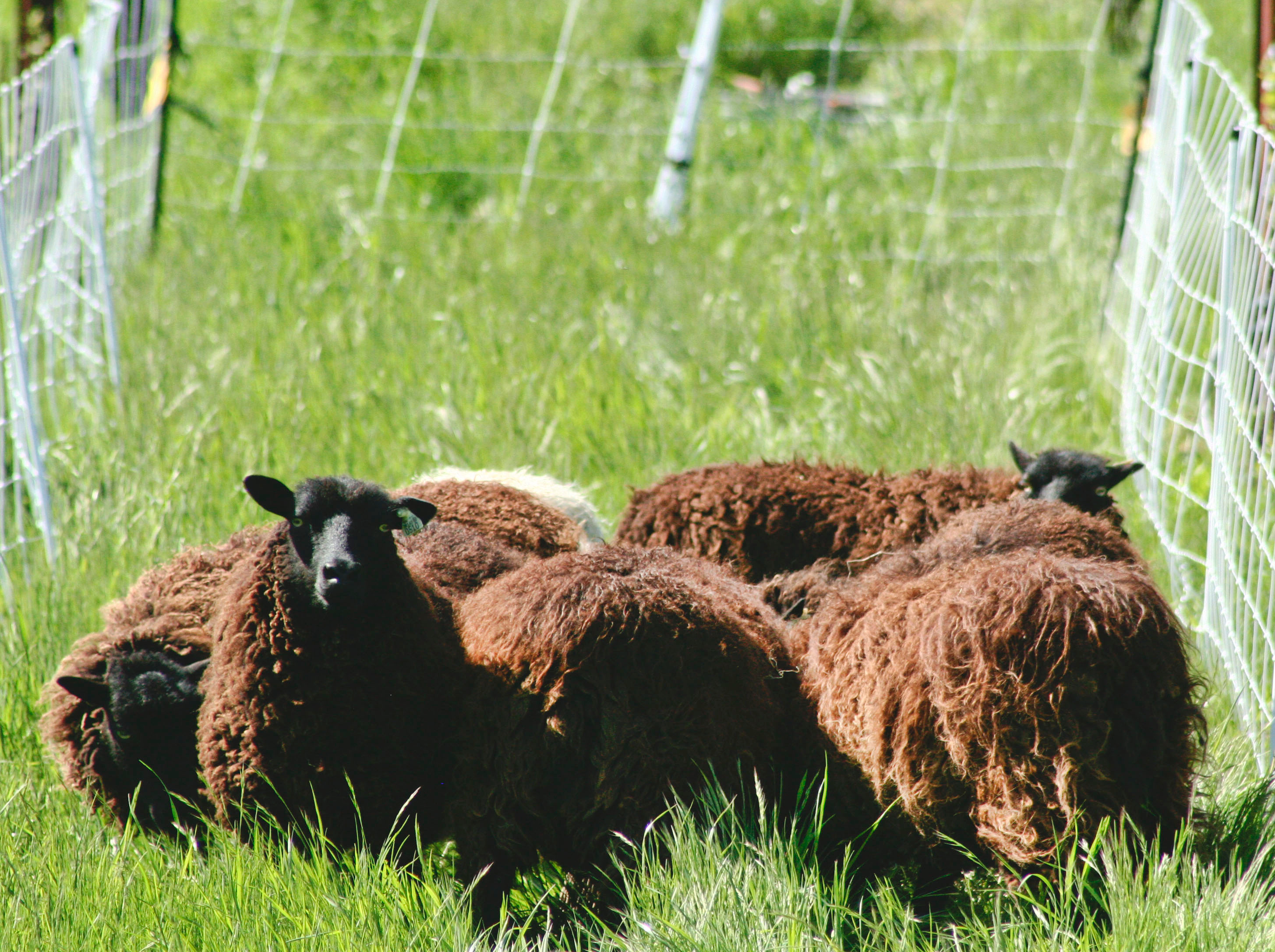
The Ouessant breed are some of the least genetically changed sheep alive today, lower down than most sheep on the evolutionary family tree, more related to the ancient “mouflon” that precedes our more modern sheep. Although Ouessant sheep can survive as a breed without regular shearing, they do not thrive, and individual sheep can suffer and die due to complications from lack of shearing. My sheep frolic and leap for at least a day after their shearing, free of the heavy coat. I don’t want to lose a single one to heat or parasites, so I shear them all regularly.
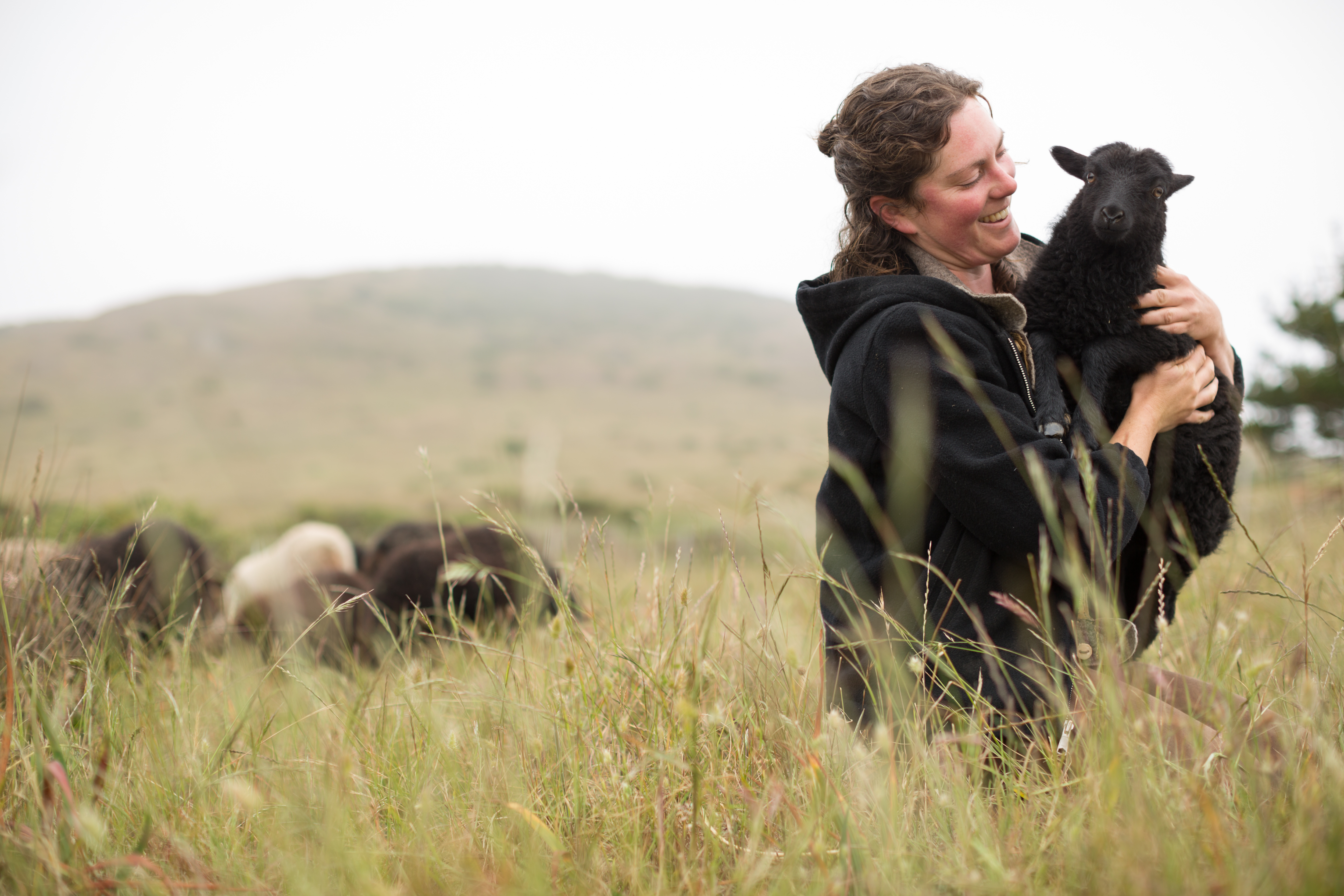
The many, many breeds that have developed since the time of Ouessant sheep’s breeding are a testament to genetic diversity, and every breed has its own beneficial traits for adaptation to living on this planet. There are sheep that do best in coastal environments, and there are sheep that do best in desert conditions — as Lynn Moody explained at the 2015 Wool & Fine Fiber Symposium in the story of two drought-tolerant breeds. Some sheep can tolerate incredible levels of cold and wet weather, others thrive in dry climates. Some sheep prefer grasses and do best in farmland settings. Other sheep prefer more brush and sage and do better on rangeland, helping to reduce fire fuel load.

The only sheep that do not need shearing are the more modern “hair sheep,” which are breeds that have specifically been bred in more recent times to molt all their hair off without any shearing or “rouxing” needed. This trait is different from ancient heritage breeds, as these sheep were domesticated more recently for meat production, and do not suffer ill effects if not shorn. When the demand for wool decreases, hair sheep breeds become more prevalent.
But wool is an important fiber: it is natural, renewable, compostable, and comes from a process of grazing that can help to strengthen the health of soil, mitigate climate change, and reduce catastrophic fire danger by clearing the spring flush of vegetation that will otherwise dry out and become tinder and ladder fuels around trees by summer’s end. Or, in more recent years, in the beginning of summer as well.
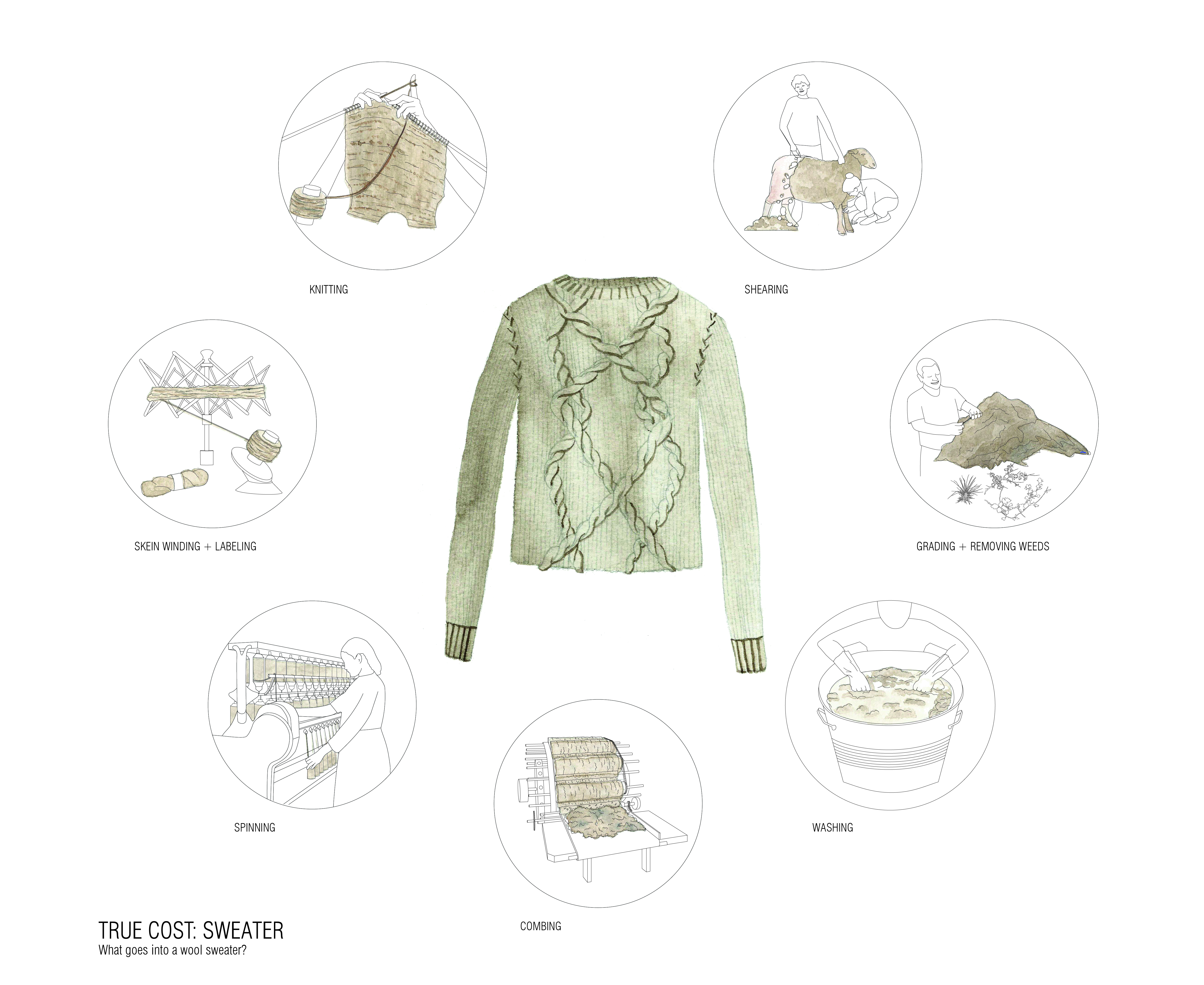
People began wearing wool as a survival strategy, out of a need to be clothed in order to live through wet and cold weather. Vegetable fibers are not as warm, nor as water repellant, and animal skins are not as soft nor as insulating. Nowadays, because synthetic fibers like those developed as alternatives to wool comprise over 60% of world fiber consumption, people have an option to leave the historic human relationship with sheep. It’s an option for people to wear synthetic clothing, derived from fossil carbon sources that are known to pollute our food, water, and physical bodies, and which damage ecosystems by shedding microplastics with each wash. But since sheep are still dependent on people to care for them, after 11,000-13,000 years of development aligned with the local landscape and human communities, I wonder — if people as a species suddenly stop wearing wool, what will become of the animals and our relationship to them?

Recently some fashion brands have advertised the idea that shearing is unsafe for sheep, in order to market their synthetic fiber products. In California, as in many places, the land we live on depends upon the ancient relationship between people, grasslands, and grazing animals. Many Californians still do not realize they live in a grassland ecosystem or an oak woodland ecosystem, and are only beginning to realize the vulnerability to the cycles of fire with which we coexist.
Synthetic clothing heightens this disconnect from our regional palette with the illusion that clothing and textiles are not related to the land we live on, but instead simply appear on racks, their processes of production obscured. Shearing is not an inherently perfect system, and has room for continuous improvement, as with all sectors of human activity. Rather than opting out of this time-honored process from soil to skin, we can tune in and learn more about the ways, whys, and hows, of shearing fiber animals for our mutual health and wellbeing.

For some people, the link between wool and the adjoining meat industry is discomforting. Many livestock managers raise sheep for multiple purposes, such as food, fiber, and ecological services; ever-narrowing economic margins in agriculture mean that multiple revenue streams are often a necessity to sustain farming and ranching families. In the Fibershed Clothing Guide, options and actions are presented for wearers to choose the fiber sources in alignment with omnivorous, vegetarian, or vegan diets. But when plant-based clothing is not always warm enough and synthetic materials increase environmental destruction, is there a way to still wear wool?
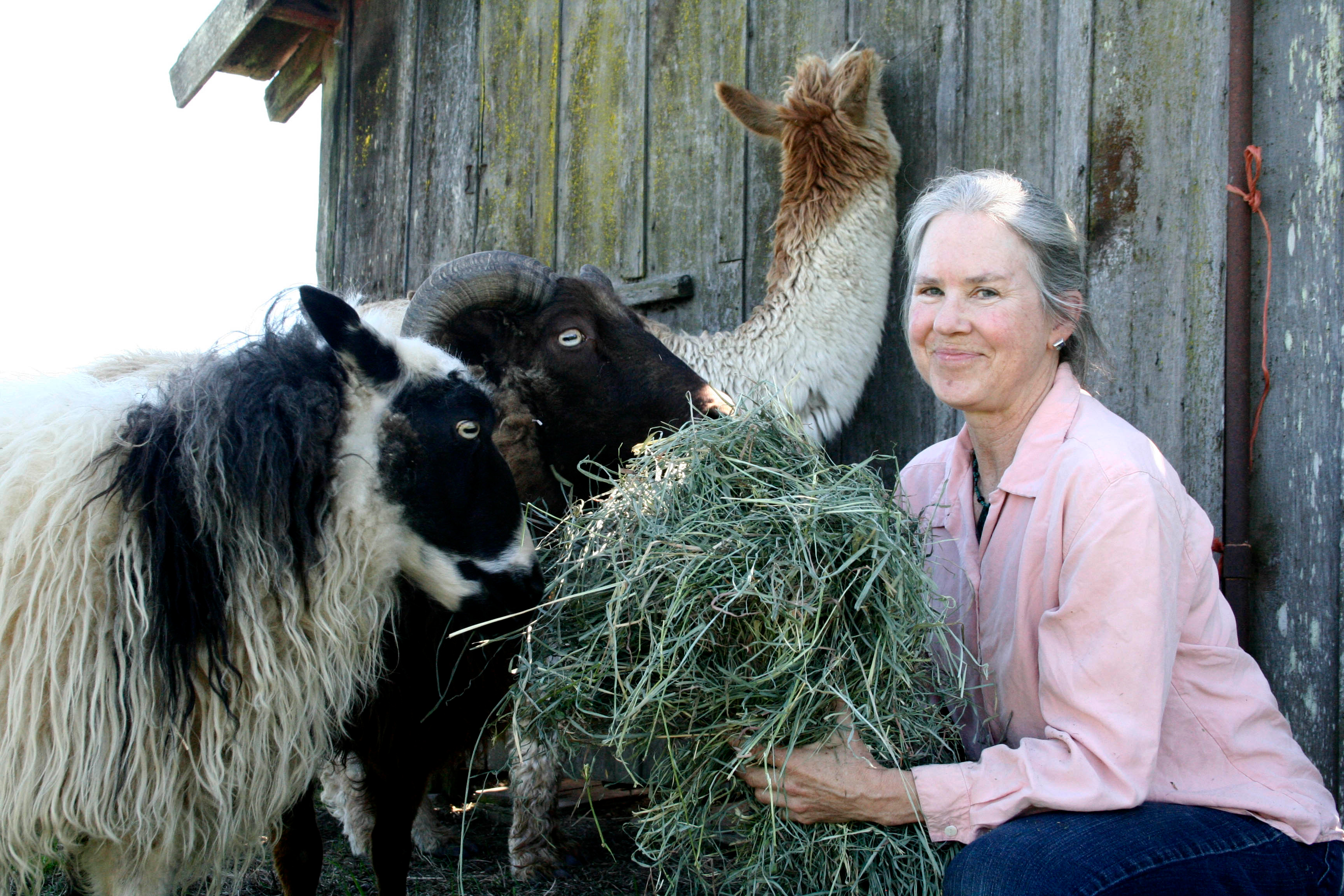
Not all wool is necessarily linked with meat, as shepherd and vegetarian wool-grower Leslie Adkins can tell you. Adkins, together with a number of other Northern California Fibershed producer members, began a group called Tender Shepherds, who raise “Kinship Wool.” Kinship Wool, a term coined by the Tender Shepherds, adheres to a number of standards, the primary one being that the sheep who supply the wool are provided “forever homes” in exchange for their wool. Kinship Wool can cost more, because it costs more money to raise the sheep for an extended period of time with a single income stream from the fiber alone. Yet for people who want their wardrobe to reflect their dietary choices, Kinship Wool offers an option that continues to support the evolutionary growth of the relationship between people and animals.

Choosing wool grown in your local fibershed offers a healthy way to live in harmony with the land that feeds, clothes, and houses us. In the articles that follow, we will look more at the process of shearing, from the interests of both the shearer and the sheep.
